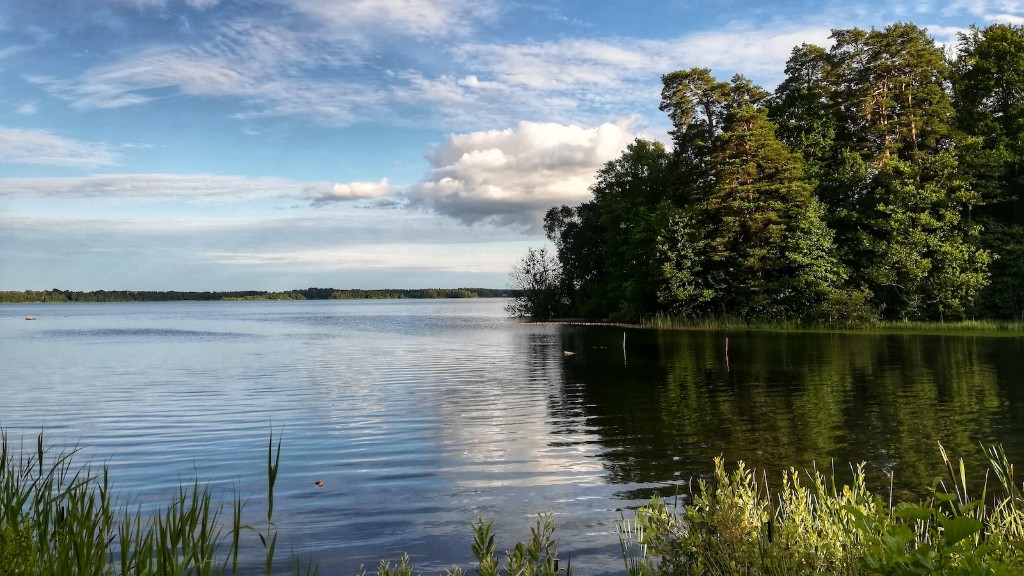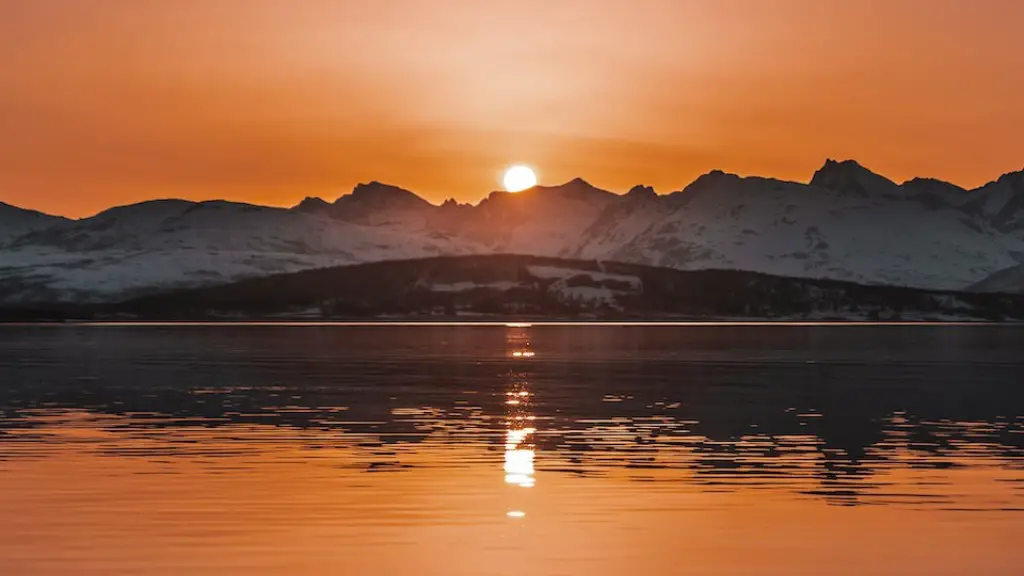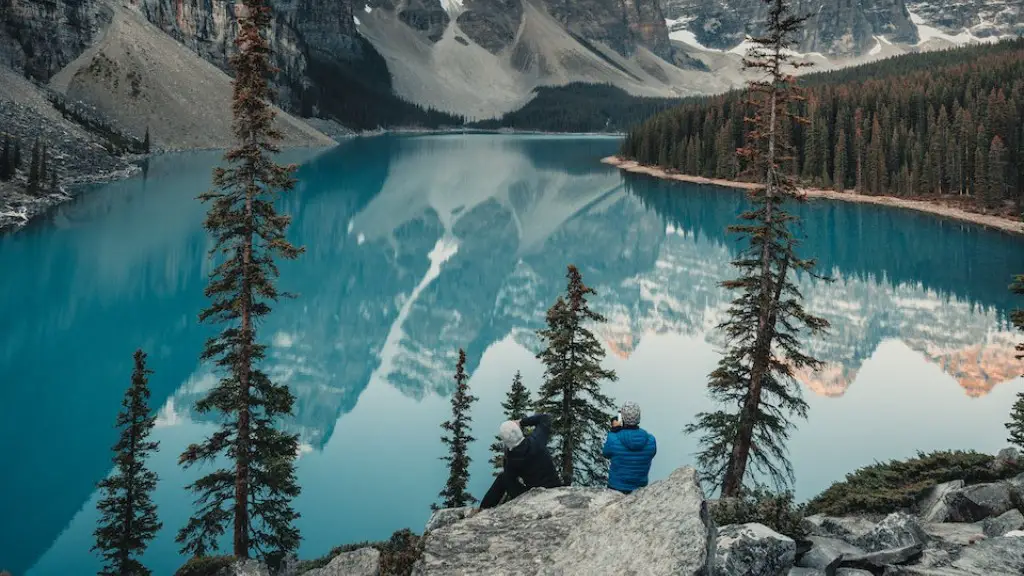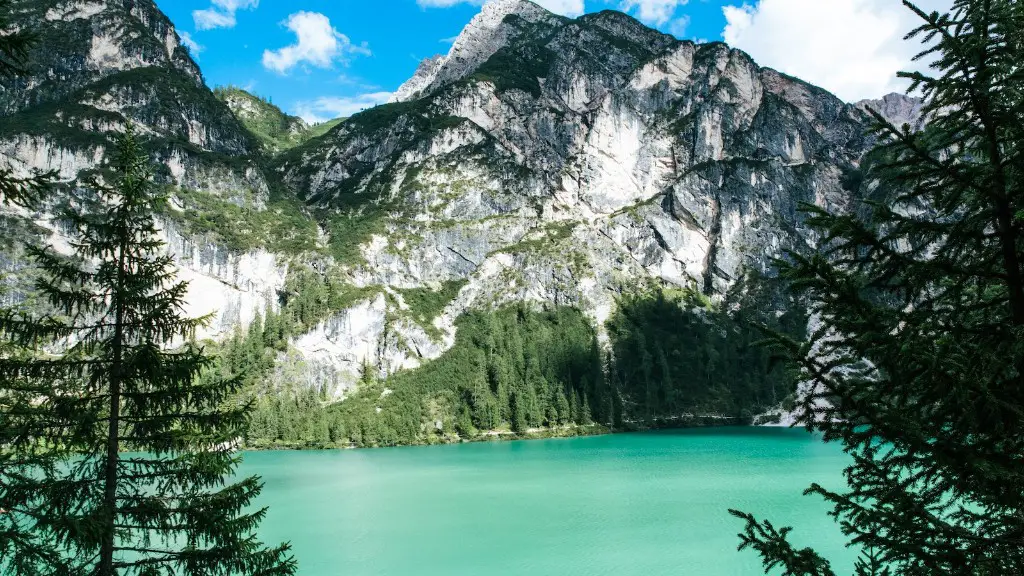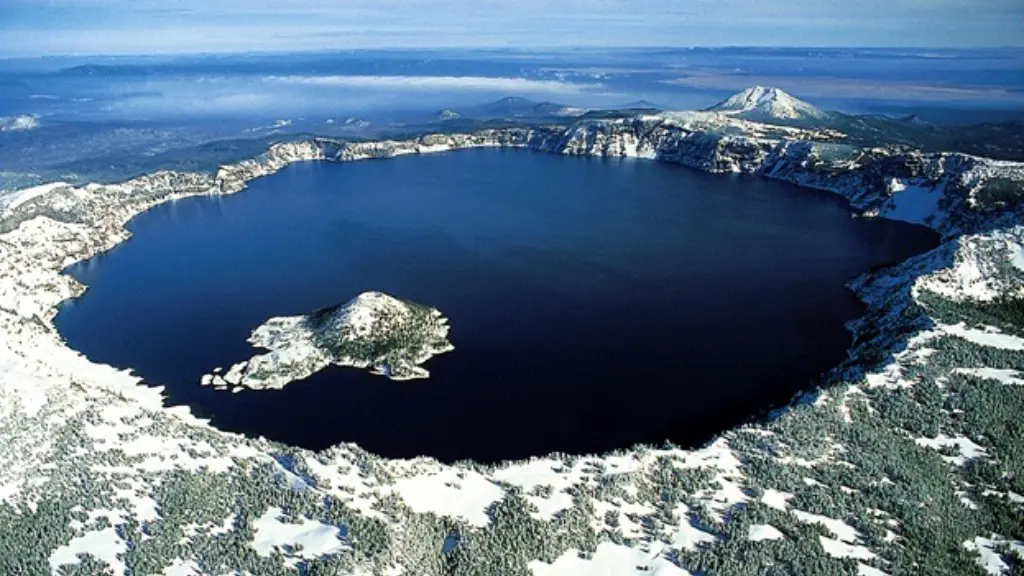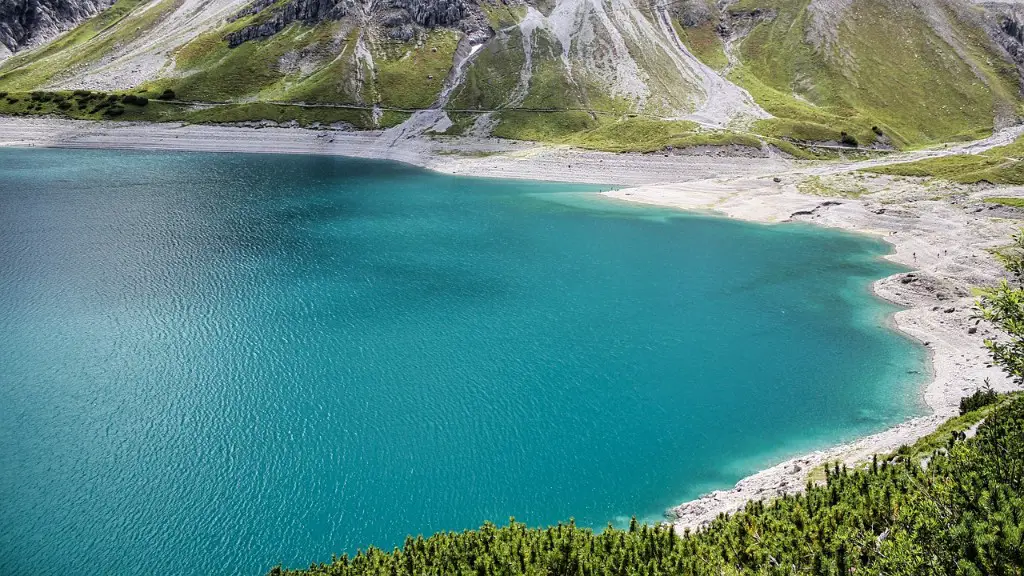Lake Baikal: Challenges and Opportunities
Lake Baikal, located in southeastern Siberia, is the deepest and oldest freshwater lake in the world. It is an integral part of Russian culture, providing a wide range of benefits to both locals and visitors alike; however, it faces several serious threats.
Perhaps the biggest danger to Lake Baikal is industrial pollution, caused by the nearby paper and coal-fired power plants. These pollutants can contaminate the lake’s fish and other wildlife, and runoff can exacerbate existing agricultural and industrial hazards such as arsenic, oil, and heavy metals. Additionally, the lake is becoming increasingly stressed from tourism, as more people make their way to the region to visit its awe-inspiring beauty.
In order to ensure the lake’s future, certain measures must be taken. Scientists recommend strengthening environmental protection policies, including proper waste disposal and wastewater treatment, and banning harmful activities like overfishing. Furthermore, it has been argued that educating local communities on the importance of preserving the lake’s wildlife is one of the most effective ways to limit anthropogenic threats.
It is also important to remember the lake offers a variety of opportunities. Eco-tourism, handicrafts, and other commercial activities can provide substantial benefits to the local economy. In order to capitalize on the lake’s potential, however, the correct infrastructure must be in place and managed responsibly. Unfortunately, this is often lacking in areas around the lake due to limited access, poor planning, and lack of resources.
Another challenge that Lake Baikal faces is climate change. The lake is already experiencing a decrease in ice cover, an increase in water temperature, and a decrease in water levels. In turn, this can take a toll on the species inhabiting the lake and their ecosystems, and can have an effect on the local fishing industry.
The preservation and preservation of Lake Baikal is of paramount importance, not only because of its natural beauty, but because of its importance to the local population and to the environment. It is therefore essential that local, regional and international authorities take the necessary steps to ensure that the lake is managed responsibly in order to avoid any further environmental damage.
Effects of Tourism on Lake Baikal
Tourism has become a major source of income for locals living in the area around Lake Baikal. According to a study by the Siberian State University of Tourism and Services, the local tourism industry generated $450 million in revenue in 2017. This influx of money has been a major benefit to the local community, providing jobs and stimulating the local economy.
However, the increasing number of tourists also brings certain challenges and concerns. During peak season, the narrow roads in the area can become extremely congested, causing disruptions to local life. Furthermore, some visitors have been known to discard waste and engage in risky activities, resulting in negative impacts on the lake’s wildlife. Additionally, tourism is placing an ever-increasing strain on the lake’s fragile environment, as businesses scramble to meet the demands of tourists.
In order to mitigate the impact of tourism, authorities must take measures such as enforcing regulations that promote eco-friendly practices. For example, visitors should be encouraged to use public transportation instead of cars, and only authorized tour guides should be permitted to lead visitors to sensitive areas in the lake. Furthermore, waste management systems should be implemented to ensure proper disposal of trash and wastewater.
It is also important to remember that responsible tourism can be beneficial to the lake’s future. For example, visitors can be a source of funding for conservation efforts, and when managed responsibly, tourism can bring economic and social opportunities to the local population. Therefore, it is essential that the growth of tourism in the region is well-regulated.
The Effects of Climate Change on the Lake
Global warming has had a profound effect on Lake Baikal. The lake’s temperature has risen by at least 3 degrees Celsius over the past 25 years, resulting in the disappearance of some of its unique species. For instance, Baikal omul, an endemic fish found only in the lake, has seen its population dwindle significantly due to the warm temperatures.
Climate change has also led to an increase in water levels, which can be a major cause for concern. High water levels can cause flooding in nearby communities and cause the destruction of habitat for local species. In addition, higher temperatures can lead to more frequent and severe storms, which can cause further damage to the lake’s fragile environment.
In order to protect Lake Baikal and its wildlife in the face of climate change, it is vital that local and national authorities take measures to reduce emissions. This includes increasing energy efficiency, implementing renewable energy solutions, and limiting deforestation. Additionally, it is important to create green corridors around the lake to aid in species migration and habitat protection.
Lake Baikal is a special place, and it is our responsibility to ensure its preservation for future generations. In order to do so, it is essential that we take measures to reduce the various threats it faces and take advantage of its potential opportunities, both for now and for many years to come.
Environmental Protection Efforts
The key to ensuring Lake Baikal’s future lies in protecting it from the various threats it faces. The Russian government has taken steps to do so, including establishing a protected area around the lake and launching initiatives to reduce emissions and improve water quality.
The United Nations Educational, Scientific and Cultural Organisation (UNESCO) has also been working to protect Lake Baikal. In 1996, it added the lake to its list of World Heritage Sites, placing it under the protection of international law. UNESCO has also launched a variety of initiatives to promote sustainable development around the lake, including funding research and establishing conservation areas.
In addition to government initiatives, local and international organisations have also been instrumental in protecting Lake Baikal. For example, Greenpeace has been campaigning for the preservation of the lake since 1995, and a variety of grassroots organisations have been providing assistance with advancements such as energy efficiency and waste management.
The efforts of these organisations are impressive, yet more needs to be done to protect Lake Baikal from the various threats it faces. To this end, it is essential that greater collaboration occurs between local, national, and international organisations, in order to ensure the lake’s long-term preservation.
Sustainable Development Goals
In order to protect and preserve the lake, it is important to implement sustainable development strategies. According to the Global Goals project, sustainable development involves “meeting present needs without compromising the ability of future generations to meet their needs.” To this end, it is essential to ensure that development around Lake Baikal is managed responsibly and with the long-term goal of protecting the lake.
The most effective way of doing this is to implement the United Nations Sustainable Development Goals (SDGs). These 17 goals outline a framework of targets that countries should aim to achieve in order to ensure sustainable development. Achieving the SDGs around Lake Baikal could ensure the lake’s future, providing various benefits such as improved water quality, reduced emissions, and greater collaboration between stakeholders.
Furthermore, the SDGs could also bring economic and social opportunities to the local people. Sustainable economic activities such as eco-tourism and handicrafts could provide local communities with an income, and job opportunities could be created by implementing energy efficiency and clean energy solutions.
Ultimately, the key to ensuring Lake Baikal’s future lies in the implementation of responsible and sustainable development strategies. In doing so, we can ensure that the priceless natural beauty of the lake is preserved for years to come.
Natural Resources and Conservation
Lake Baikal is home to a variety of valuable natural resources, including pristine waters, abundant wildlife, and unique plant species. It is essential that these resources are managed in a sustainable manner, in order to ensure the preservation of the lake’s unique ecosystems and biodiversity.
One of the most effective ways of achieving this goal is through conservational efforts. Conservation involves practices such as protecting habitats from development, limiting overfishing, and regulating the use of natural resources. By doing so, it is possible to ensure that these precious resources are managed responsibly for future generations.
Additionally, it is important to remember that the local population has a significant role to play in conservation efforts. Traditional practices such as hunting, fishing, and herding can be beneficial when managed responsibly, providing the local population with an income and limiting the need for industrial development. Furthermore, educating local communities on the importance of protecting the lake’s environment is a crucial step in the preservation of Lake Baikal.
Ultimately, the protection of Lake Baikal is essential in order to ensure its future. By taking the necessary steps to protect its natural resources, regulate development, and engage local communities, it is possible to ensure that this beautiful lake is preserved for years to come.
